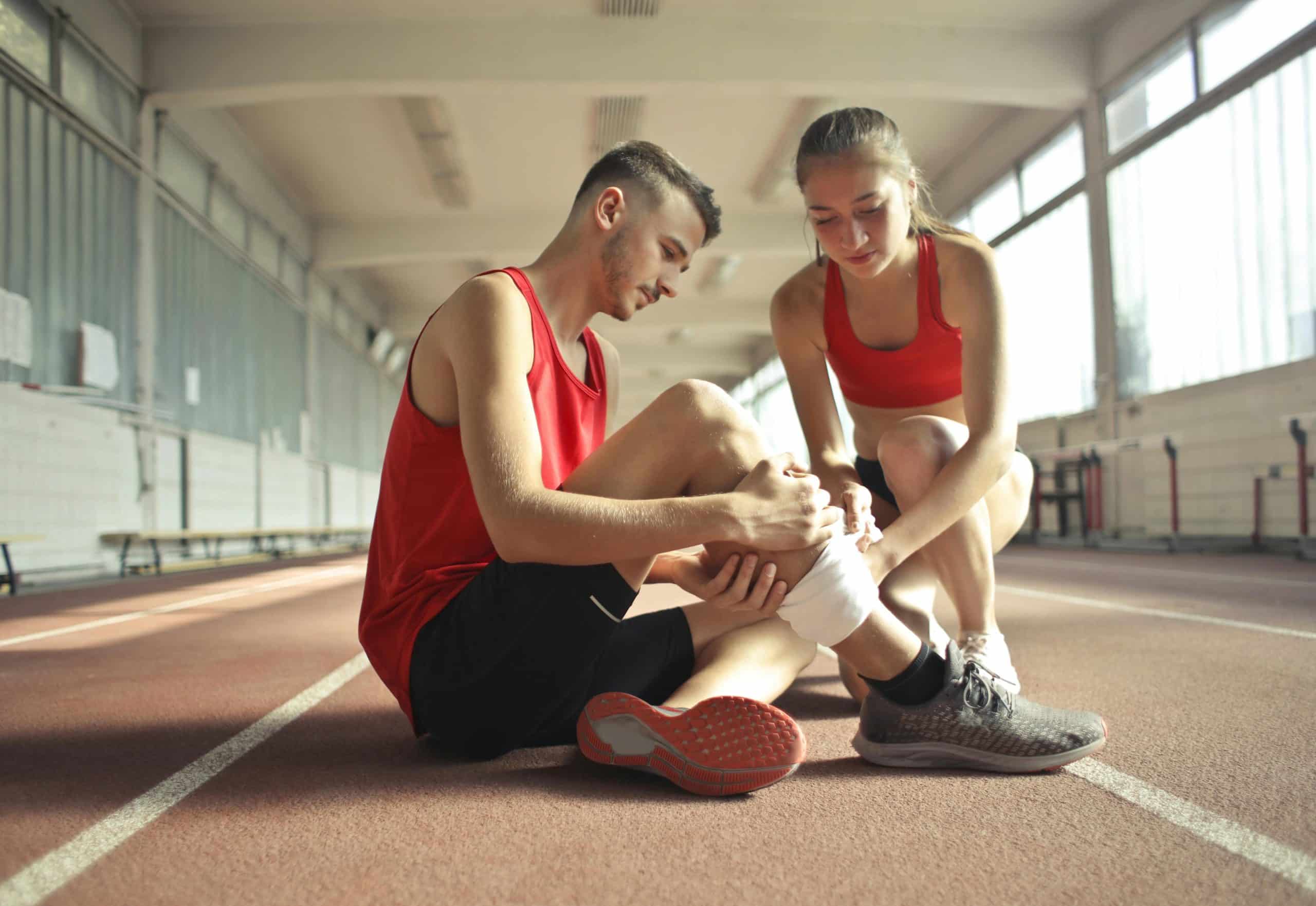How Can Biomechanical Analysis Improve Injury Prevention in Triple Jumpers?

Triple jumping, an exhilarating sport that involves sprinting down a track and performing a hop, step, and jump into a sandpit, is a thrilling spectacle to behold. However, behind the scenes of this fascinating athletic discipline lurk potential injuries that could hurt the performance of the athletes. The repetitive nature of the triple jump, coupled with the intense physical stress it places on the body, particularly the knee, makes injury prevention a key aspect of training and performance.
Biomechanics is the science that investigates the effects of internal and external forces on the human body, and its application to triple jumpers can be invaluable in preventing injuries. By understanding how the body moves and reacts, coaches and athletes can modify training routines to minimize injury risk without compromising performance.
Topic to read : What Are the Most Effective Recovery Strategies for Post-Marathon Muscle Damage?
The Importance of Biomechanical Analysis in Sports
Biomechanical analysis is essential in sports. It provides insights into the body’s movement, force and stress distribution during physical activities. Through the evaluation of an athlete’s movements and subsequent analysis, it is possible to identify factors that could lead to injuries. These factors may include muscle imbalances, incorrect technique, or inadequate training.
In the context of a triple jumper, a biomechanical analysis could reveal how the athlete’s knee absorbs the shock of landing, how the foot interacts with the ground during take-off, or how the body’s weight is distributed during the triple jump phases. These insights can provide a wealth of information about potential injury risks and prevention strategies.
This might interest you : Experience the excitement of Gel Blasters now!
Utilizing Scholarly Resources in Biomechanical Analysis
In the world of sports science, scholarly resources such as PubMed, Crossref, and Google Scholar are invaluable tools for understanding the latest research and findings on the topic of biomechanics and injury prevention.
For example, a scholar interested in the biomechanics of the triple jump may use PubMed to find relevant articles, using keywords such as ‘injury’, ‘knee’, ‘triple jumpers’, and ‘biomechanics’. These tools provide access to a wealth of knowledge, data, and insights that can assist in identifying injury risks and devising prevention strategies for triple jumpers.
Analysis of these resources can reveal vital information such as common injury patterns in the sport, the effectiveness of certain prevention strategies, and the latest advancements in the field of sports biomechanics.
Biomechanics and Training Adjustments
Once a biomechanical analysis has been conducted and injury risk factors identified, the next step is to incorporate this knowledge into the athlete’s training regimen. The objective is to enhance performance while mitigating the risk of injuries.
For instance, if the analysis reveals that an athlete’s knee is experiencing too much stress during the landing phase, corrective measures can be taken. These might include strength training for the muscles surrounding the knee, implementing technique modifications or adjusting the athlete’s landing strategy to distribute the impact forces more evenly.
Similarly, if the analysis identifies improper foot placement during takeoff as a potential injury risk, the athlete could be trained to adjust their technique, thereby reducing the risk of injury.
The Role of Med in Sports Injury Prevention
Medical professionals play a crucial role in sports injury prevention. They not only treat injuries when they occur but also work closely with athletes and coaches to develop injury prevention strategies. This collaboration is especially important in sports like the triple jump where the risk of injury is high.
Based on the results of a biomechanical analysis, a sports med professional might recommend specific exercises to strengthen vulnerable muscles, suggest changes in technique to reduce stress on certain body parts, or even advise on the use of protective gear.
In addition, sports medicine professionals can monitor an athlete’s health and fitness levels to ensure they are in optimal condition to perform their sport. Regular check-ups and monitoring can help detect any potential issues early and take action before they develop into serious injuries.
In summary, the application of biomechanical analysis in the triple jump can significantly improve injury prevention strategies. By understanding the mechanics of the sport and applying this knowledge to training and medical practices, we can help athletes perform at their best while minimizing the risk of injury.
Exploring Current Literature Through Systematic Reviews
Systematic reviews are a key resource within the realm of sports science research. By aggregating and evaluating a multitude of studies, they provide comprehensive overviews of a given topic, making them an invaluable tool in the biomechanical analysis of sports. A systematic review in sports biomechanics collates a spectrum of studies and outcomes that help identify trends, establish risk factors, and propose injury prevention strategies.
For instance, using search terms such as ‘ACL injury’, ‘sports biomechanics’, ‘triple jump landing’, and ‘risk injury’ on a scholarly database like PubMed or Crossref, a researcher can identify and compile a list of relevant studies. Similarly, the researcher can use Google Scholar to confirm the comprehensiveness of the search and ensure no significant studies are omitted.
Once the literature is collected, the next step in the systematic review process is the extraction and analysis of the data. This includes the comparison of results across multiple studies, identifying common patterns, and making inferences about risk factors and injury prevention strategies.
For example, a systematic review might reveal that a common risk factor for ACL injuries in triple jumpers is an improper landing technique. This knowledge then informs the subsequent development and implementation of training adjustments and prevention strategies.
Conclusion: Merging Biomechanical Analysis and Sports Medicine for Effective Injury Prevention
Incorporating biomechanical analysis into sports medicine is a powerful approach for enhancing sports performance and reducing injury risk. This interdisciplinary collaboration facilitates a more comprehensive understanding of the triple jumper’s body mechanics, incorporating the principles of exercise physiology, kinesiology, and sports medicine.
Through an ongoing analysis of an athlete’s movement patterns and the utilization of scholarly resources, coaches, athletes, and sports med professionals can identify potential risk factors and implement effective injury prevention strategies.
For instance, using the insights gained from a systematic review of ACL injuries in triple jumpers, a sports med professional might recommend specific exercises to strengthen the anterior cruciate ligament, suggest changes in jump landing techniques, or advocate for the use of protective gear.
Given the high-pressure nature of sports such as the triple jump where the risk of injury is high, the marriage of biomechanics and sports medicine is a critical necessity. It not only aids in delivering high-quality care but also in ensuring an athlete’s sustainability in the sport.
In conclusion, the application of biomechanical analysis in the triple jump can significantly improve injury prevention strategies, ensuring athletes can perform at their best while minimizing the risk of injury. Whether through analyzing movement, utilizing scholarly resources, or collaborating with sports med professionals, each aspect of the process plays a crucial role in promoting athlete health and longevity in the sport.
